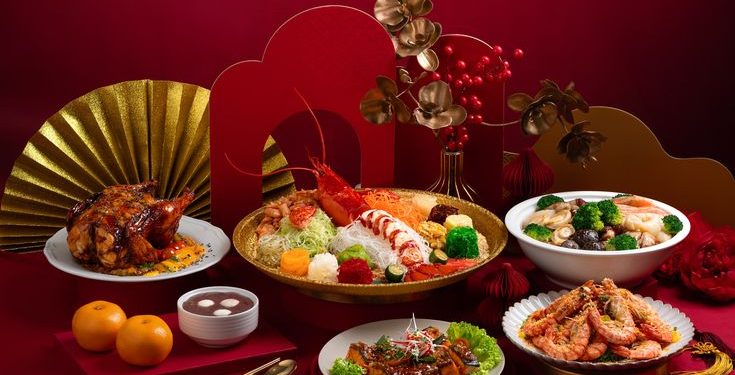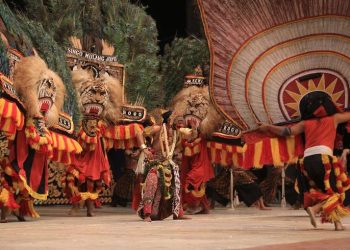Jakarta, Indonesia Sentinel — Chinese New Year celebrations in Indonesia are incomplete without a feast of traditional dishes, each carrying deep symbolism and cultural significance for the Chinese community. Many believe that consuming these special foods brings good fortune for the year ahead.
According to Indonesia’s Ministry of Tourism and Creative Economy (Kemenparekraf), there are at least eight traditional dishes commonly served during Lunar New Year celebrations in the country. Here’s the list:
Nian Gao (Kue Keranjang)
A staple in every Chinese New Year celebration was Nian Gao, also known as Kue Keranjang. It is a sticky, sweet rice cake symbolizing progress and prosperity. Its layered arrangement represents increasing wealth and career advancement.
Fa Gao (Kue Mangkok)
This steamed rice cake, also called Fa Gao, has a fluffy, flower-like top that signifies prosperity and growing fortune. The more the cake blossoms, the greater the luck it is believed to bring.
Ang Ku Kueh (Kue Ku)
This traditional glutinous rice cake, filled with sweet mung bean paste, is shaped like a turtle shell and comes in a vibrant red hue. It symbolizes prosperity and longevity, and some versions are imprinted with Chinese characters or lucky symbols.
Moon Cake (Kue Bulan)
Unlike the other cakes, moon cakes are filled with red bean or lotus seed paste and have a round shape symbolizing unity and wholeness. Eating moon cakes is thought to bring wealth, prosperity, and good health throughout the year.
The Eight-Treasure Box
The Eight-Treasure Box, or “Tray of Togetherness,” is an octagonal container filled with various candied fruits and nuts, each with a specific meaning. Candied melon represents good health, red watermelon seeds symbolize happiness, and kumquats signify luck and prosperity. Other treats include dried coconut for family togetherness, lotus seeds for fertility, longans for many offspring, and peanuts for longevity.
Read Also:
Bali Melukat: Sacred Purification Ritual for Mental and Spiritual Cleansing
Dumplings (Jiaozi)
Resembling ancient Chinese ingots, dumplings are a symbol of wealth and prosperity. According to tradition, the more dumplings one eats on Lunar New Year’s Eve, the more money they will accumulate in the coming year. Typically filled with minced meat and vegetables, dumplings are often enjoyed with soy sauce and ginger.
Spring Rolls (Lumpia)
With their golden, cylindrical shape resembling gold bars, spring rolls are believed to bring financial fortune. These crispy rolls are filled with a mix of meat and vegetables and are often dipped in a savory sauce made of oyster sauce, rice wine, soy sauce, and sesame oil.
Longevity Noodles (Mi Panjang Umur)
Served both on birthdays and during Chinese New Year celebrations, longevity noodles represent long life and good fortune. However, cutting or breaking the noodles while cooking or eating them is considered bad luck, as it is thought to shorten one’s lifespan.
From sweet treats to savory delights, these traditional foods are more than just delicious. They embody centuries-old beliefs and traditions that continue to thrive in Chinese New Year celebrations across Indonesia and beyond.
(Raidi/Agung)

























